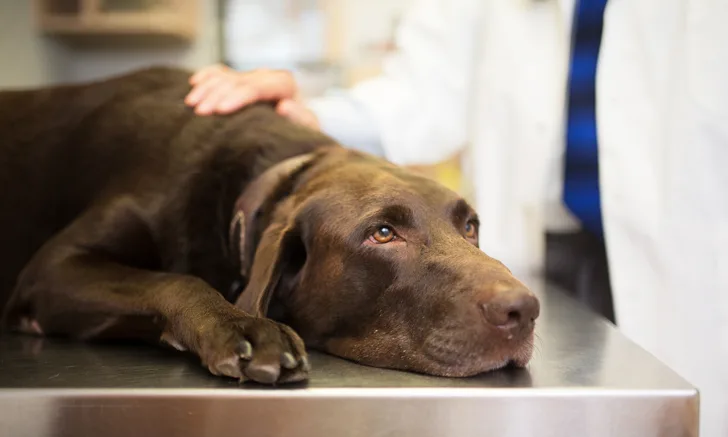Leveraging Local Anesthetics During the Opioid Shortage

Sponsored by Aratana
Opioid scarcity, following decreased production by one of the largest manufacturers of opioids, has troubled veterinary clinics since late 2017.1 Unfortunately, this opioid shortage is not expected to resolve in 2019.2 With reduced access to opioids, veterinarians are reevaluating their analgesic protocols to make the most of available drugs and rediscover the utility of their nonopioid options.
Back to Basics: Remembering the Local Anesthetic Advantage
Local anesthetics (LAs) are the only class of drug that provides complete analgesia,3 blocking the neuron’s sodium channels, rendering the neuron unresponsive to electrical stimuli.4 When administered appropriately, LAs are generally well tolerated and may have fewer potential side effects than most other analgesic options.3 Further, the AAHA/AAFP 2015 pain management guidelines recommend using LAs with every surgical procedure (regardless of opioid usage), when possible, because of their efficacy and safety.3
Moreover, the advent of a long-acting bupivacaine (NOCITA®) has extended the utility of LAs beyond the immediate perioperative period. The sustained-release technology uses microscopic multivesicular liposomes, which gradually release bupivacaine into the surrounding tissues as the vesicular lipid bilayer degrades.5 A recent study demonstrated the effectiveness of NOCITA for up to 72 hours in a majority of treated dogs following cranial cruciate ligament (CCL) surgery.6 NOCITA (bupivacaine liposome injectable suspension) is FDA-approved as a single-dose infiltration into the surgical site to provide local postoperative analgesia for CCL surgery in dogs and as a peripheral nerve block to provide regional postoperative analgesia following onychectomy in cats.7
The Role of LAs in a Multimodal Approach
Multimodal analgesia, also called balanced analgesia, uses a combination of drugs and treatments to target pain at different locations in the pain pathway. AAHA/AAFP guidelines for pain management recommend using a multimodal approach because it maximizes pain control while reducing the dose of each individual drug.3 In the absence of full µ-agonist opioids, the systemic analgesic options for multimodal surgical analgesia include options such as NSAIDs, α2 agonists, and ketamine.3,4 Although each has good analgesic properties, opioids have traditionally been favored over these options because each has its drawbacks. For example, NSAIDs have well-known renal and intestinal adverse effects, and the cardiovascular effects of alpha2 agonists make their use concerning in elderly or debilitated patients.3,4
LAs may decrease opioid use by helping control local pain such that lesser doses of systemic analgesics are needed. This in turn may reduce the likelihood of side effects from the systemic medications.
Conclusion
Despite the utility and safety of LAs, studies show that they are not frequently used by veterinarians.8 The opioid shortage serves as a reminder of the importance of multimodal analgesia that includes local as well as systemic pain control. Veterinarians can take this opportunity to reintroduce LAs as a part of every routine surgical analgesic protocol, become more comfortable using them, and update their knowledge of new label indications for drugs in this class.
IMPORTANT SAFETY INFORMATION: NOCITA® (bupivacaine liposome injectable suspension) is for use in dogs and cats only. Do not use in dogs or cats younger than 5 months of age, that are pregnant, lactating or intended for breeding. Do not administer by intravenous or intra‐arterial injection. Adverse reactions in dogs may include discharge from incision, incisional inflammation and vomiting. Adverse reactions in cats may include elevated body temperature, infection or chewing/licking at the surgical site. Avoid concurrent use with bupivacaine HCl, lidocaine or other amide local anesthetics. Please see the full Prescribing Information for more detail.
DOG INDICATION: For single-dose infiltration into the surgical site to provide local postoperative analgesia for cranial cruciate ligament surgery in dogs.
CAT INDICATION: For use as a peripheral nerve block to provide regional postoperative analgesia following onychectomy in cats.